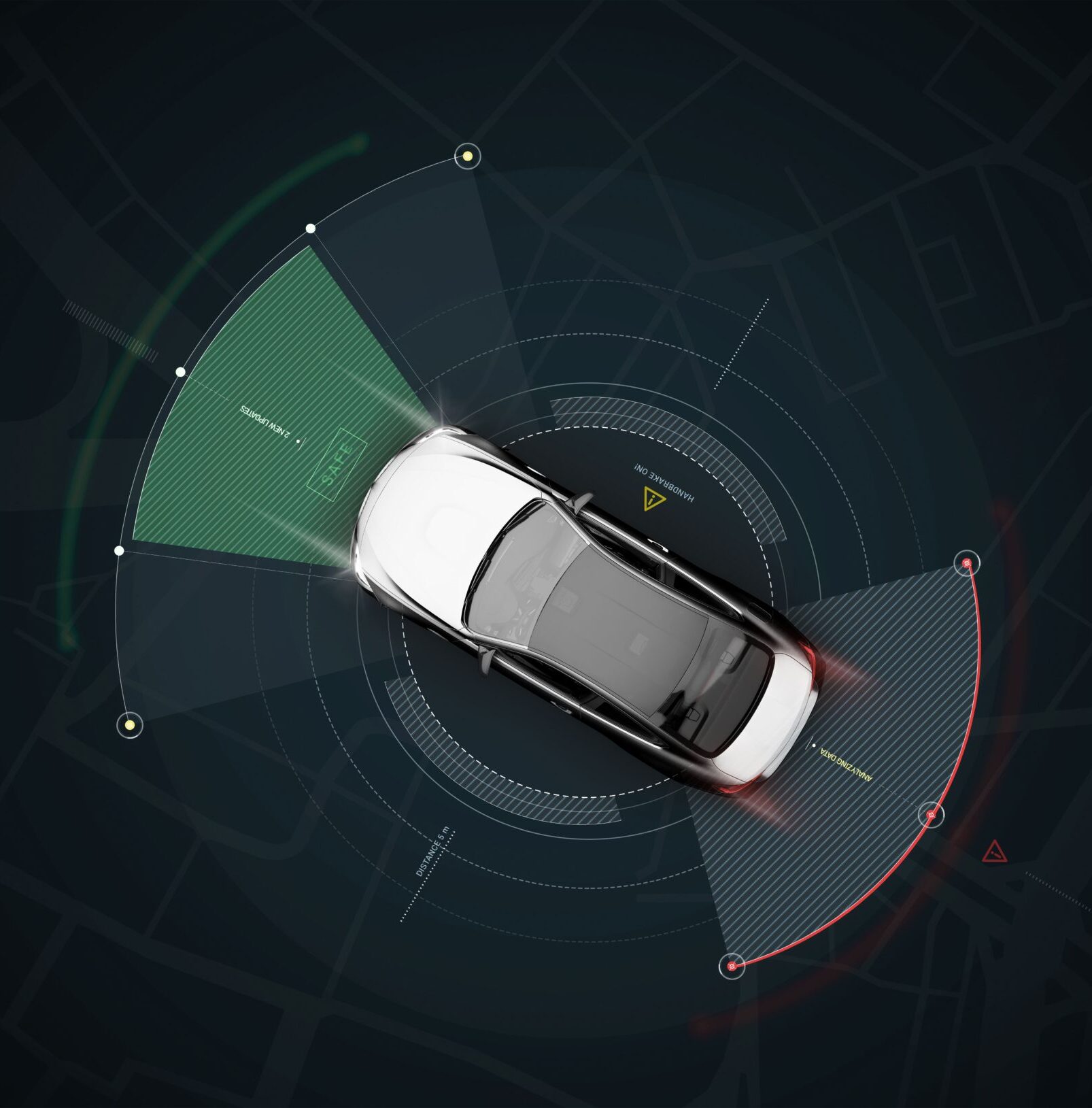Redefining the Future of Transportation:
The Age of Autonomous Mobility
Start your journey today
Summary
Autonomous mobility refers to the ability of machines, such as cars or drones, to operate without human intervention. This technology relies on artificial intelligence, sensors, and other advanced systems to navigate and make decisions based on real-time data. Autonomous mobility has the potential to revolutionize transportation by making it safer, more efficient, and more environmentally friendly. It can also bring new levels of convenience and accessibility to people and businesses.
With autonomous mobility, vehicles can communicate with each other and with infrastructure, such as traffic signals, to optimize routes and avoid accidents. They can also operate in a variety of weather conditions and terrains, which could expand transportation options in remote or hazardous areas. Additionally, autonomous mobility can reduce the need for human drivers, which could lower costs and create new opportunities for businesses.
However, there are also concerns around the safety and ethical implications of autonomous mobility. For example, there is still a risk of accidents and malfunctions, and questions remain around liability and accountability in such scenarios. There are also potential job losses and the need for new regulations and standards to ensure ethical and responsible use of this technology.

Pros
Increased safety: Autonomous mobility eliminates the risk of human error, which is a major cause of road accidents. Self-driving vehicles are equipped with sensors and advanced technology that can detect and avoid obstacles, making them safer than traditional vehicles.
Improved efficiency: Autonomous mobility can improve transportation efficiency, reducing congestion and travel time. Self-driving vehicles can communicate with each other and adjust their routes in real-time based on traffic and road conditions.
Cost savings: Autonomous mobility can help reduce transportation costs by eliminating the need for drivers, reducing fuel consumption, and minimizing vehicle maintenance costs.
Cons
Limited adaptability: Self-driving vehicles may not be able to adapt to unexpected or changing road conditions, such as road construction, weather conditions, or accidents.
Cybersecurity risks: Autonomous mobility is vulnerable to cyber-attacks that could compromise the safety and privacy of passengers and cargo.
Social impact: The widespread adoption of autonomous mobility could result in job losses for drivers and other transportation workers, which could have a significant social impact. Additionally, there may be concerns about the impact of autonomous vehicles on the environment and public health.





